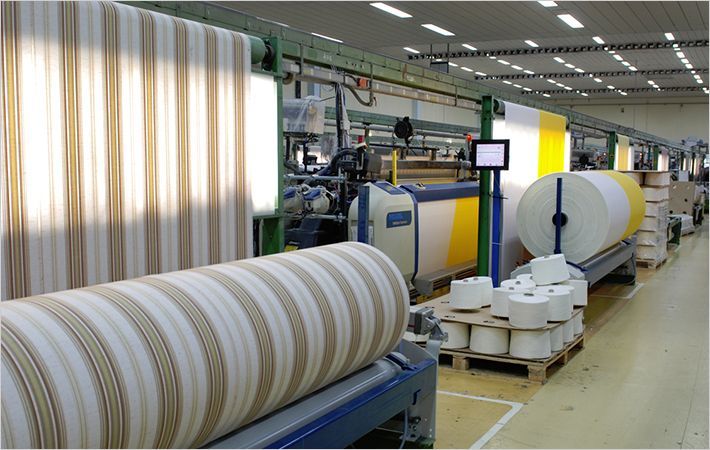The U.S. Patent and Trademark Office has allowed all 41 claims in Quick-Med Technologies' U.S. Patent Application No. 12/830,062 titled, "POLYELECTROLYTE COMPLEX FOR IMPARTING ANTIMICROBIAL PROPERTIES TO A SUBSTRATE." This new patent will provide protection for an improved method of preparing the company's NIMBUS antimicrobial products.
The method utilizes a Poly-Electrolyte Complex, or PEC in which a negatively-charged (anionic) polymer is used to stabilize the active antimicrobial agent -- a positively-charged (cationic) polymer. This complex allows the NIMBUS polymer to be bonded to a wider variety of substrates, opening the door for new applications and products.
"The PEC method is an important improvement in the way we manufacture our NIMBUS materials," said Dr. William Toreki, one of the inventors of the method, and Quick-Med's Vice-President of Research & Development.
"The PEC makes the antimicrobial component more adherent on a molecular level, and that makes it easier to attach it to the surfaces of bandages and wound dressings." The PEC method is currently in-use in commercial products such as the BIOGUARD series of wound dressings sold by Derma Sciences, under license from Quick-Med. Quick-Med expects this new patent to issue in approximately 6 to 8 weeks from today, and it will remain in force until the year 2030.
About NIMBUS
Quick-Med's patented technology, NIMBUS, is a cutting-edge antimicrobial technology that has been custom designed for wound care and other medical applications. NIMBUS received De Novo FDA clearance in 2009 and has been commercialized in traditional wound care applications. It is the only non-leaching antimicrobial dressing which, by design, poses no risk of bacteria developing resistance.
Quick-Med Technologies

